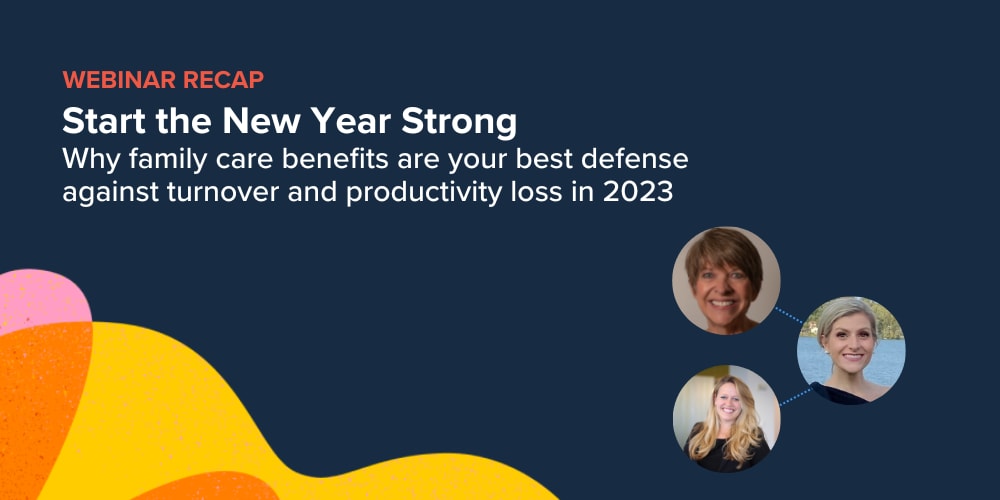Measuring presenteeism can feel a little like finding a needle in a haystack. It’s not as straightforward as its productivity partner-in-crime, absenteeism, where it’s clear if employees are physically showing up – or not showing up – for the work day. Presenteeism is a complex issue, with many contributing factors. Here we take a look at some of the major pieces, and how measurement of each can help you form a larger, clearer picture of just how “present” your workforce really is.
With presenteeism, employees are showing up to work, but not realizing their full productivity potential. They may not be performing due to health- or medical-related conditions, anxiety over finances or care situations at home, or myriad other workplace stressors and distractions. That loss of productivity amounts to hundreds of billions of dollars in lost revenue annually.
Here are six ways to measure the multi-faceted (and very costly) issue of presenteeism at your organization:
- Try presenteeism scoring
First developed in 2002, the World Health Organization’s Health and Work Performance Questionnaire has become one of the definitive survey methods for helping organizations measure both absenteeism and presenteeism in the workplace. Check out their presenteeism short form questions and rules for calculating absolute (measure of actual performance in relation to possible performance) and relative (ratio of actual performance to the performance of most workers at the same job) presenteeism scores. Survey, score and track changes for your employees over time. - Gauge employee satisfaction
Happier, more satisfied employees generally make for more productive employees. In fact, research shows that productivity can improve by 10 percent when employees report being happy. But you first have to understand what makes your employees feel satisfied and positive about work. Prioritize regular, employee satisfaction surveys that include or serve as a complement to other key surveys. Areas to measure include: overall engagement, work-life integration (including family care concerns), physical, emotional and mental wellbeing, office environment, company culture, training and career development, and individual working arrangements. - Know your health and wellness numbers
“Working while sick” as presenteeism was originally defined, was put in the spotlight back in 2004 when the Harvard Business Review published Paul Hemp’s defining article, Presenteeism: At Work, But Out of It. While the definition of presenteeism has broadened over the years to include many other influencing factors, health-related conditions remain a core cause, with related productivity costs exceeding $225 billion annually, according to a recent UL Workplace Health & Safety white paper. With assistance and reports provided by your insurance and benefits partners, keep your finger on the pulse of your organization’s overall health. And because many employees do not report or seek proper medical treatment for illnesses, diseases or chronic conditions, look to your managers for additional, regular input from the front lines. What signs and symptoms of health-related challenges are impacting their teams’ work? And what benefits, policies and training is available from your organization to help them? - Factor in client results
Be sure to recognize the success and overall satisfaction of your clients in evaluating your organization’s presenteeism equation. Chances are good that if your clients are getting what they need, on time and at a level of quality to achieve strong results, then your employees are likely engaged and productive. But be careful and keep an ongoing eye on the employee productivity/client satisfaction correlation. Some employees may be overworked and overproducing, while others may not be carrying their full share. And don’t overlook how critical it is to weigh client success against overall employee satisfaction. There is recent research showing that it’s not as simple as happy employees, happy clients. Many employees still push themselves to perform well for clients even when not happy at work. - Look at the bottom line
If your organization is performing, it’s likely that a large portion of your employees is functioning at strong productivity levels. But don’t look at a positive bottom line in a vacuum. Like strong client results, there may be imbalances in productivity within the workforce, as well as pockets of dissatisfaction where productivity hasn’t yet been fully affected. Look at bottom line alongside all of the other pieces of the presenteeism puzzle. - Track individual and team results
Whether it’s through authoring regular OKRs (Objectives and Key Results) or KPIs (Key Performance Indicators) with immediate managers, or utilizing online tools like Basecamp or Asana to help organize and track tasks and goals, keep a focus on measuring both individual and team results when evaluating overall productivity. It’s not about punching the proverbial 9-5pm clock, it’s about achieving results on deadline. Most managers would say they’re less concerned about how and when their employees achieved their goals, and more that they did it on time and did it well. With clear, measurable goals in place, and regular self-assessments and deadlines adhered to along the way, productivity challenges can be caught and addressed with greater success.
There isn’t one magic formula for determining the rate of presenteeism impacting your organization. Measuring presenteeism involves tracking, evaluating and understanding many contributing factors. And part of realistically confronting presenteeism is acknowledging that there is no absolute cure. We’re human – and 100 percent productivity all the time is far from a reality. The best we can do is understand the evolving challenges impacting presenteeism for our employees – and work to address them through better awareness, more supportive work environments and optimal care benefits and policies.







